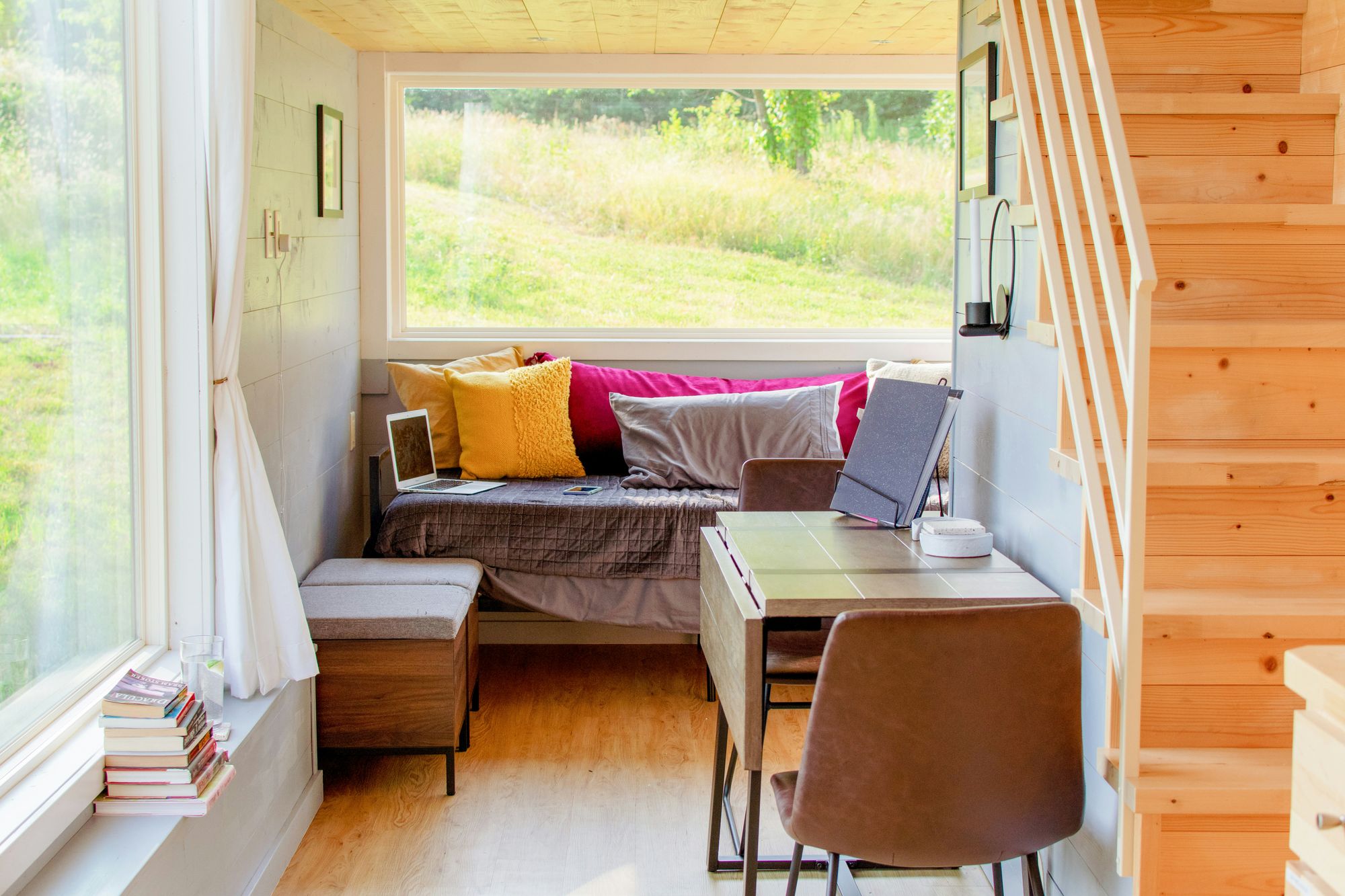Key Takeaways
- Unlocking Affordable Living: Embrace a lifestyle of minimalism and financial freedom by opting for tiny home living.
- Understanding Tiny Home Financing: Various avenues exist for financing your tiny home project, from traditional loans to peer-to-peer lending.
- Budgeting for Your Tiny Home: Creating a realistic budget includes factoring in costs for construction, land, utilities and unexpected expenses.
- Exploring Affordable Designs: Tiny homes offer cost-effective design options that do not compromise on comfort or functionality.
- Choosing the Right Location: Local zoning laws, climate, and cost of living are crucial factors in determining the location of your tiny home.
- Financing Strategies for Construction: Strategies like saving before building and using reclaimed materials can ease the financial burden of your project.
- Maximizing Energy Efficiency: Incorporating elements like solar panels and energy-efficient appliances can boost your tiny home's energy efficiency, leading to long-term savings.
- Maintenance and Upkeep: Keeping costs low through preventative maintenance and wise purchasing decisions is key to affordable living in a tiny home.
- Finding Affordable Land: Options for affordable land include rural areas or joining a tiny house community.
- Embracing Affordable Living with Tiny Homes: Opting for a tiny home means embracing a lifestyle that promotes financial freedom, sustainability, and a return to essentials.
Introduction: The Benefits of Tiny Home Living
Dreaming of joining the tiny home movement but wondering how to finance your pocket-sized paradise? You're not alone!
Over 63% of Americans are considering homes under 600 square feet, according to the National Association of Home Builders.
With traditional home prices soaring past $400,000 on average, tiny homes offer an attractive alternative, typically costing between $30,000 to $60,000.
In this guide, we'll walk you through everything you need to know about financing your tiny home dream, from traditional loans to creative funding solutions.
Whether you're looking to escape the rental trap or simplify your life, we'll help you understand your options and make the best financial decision for your situation.
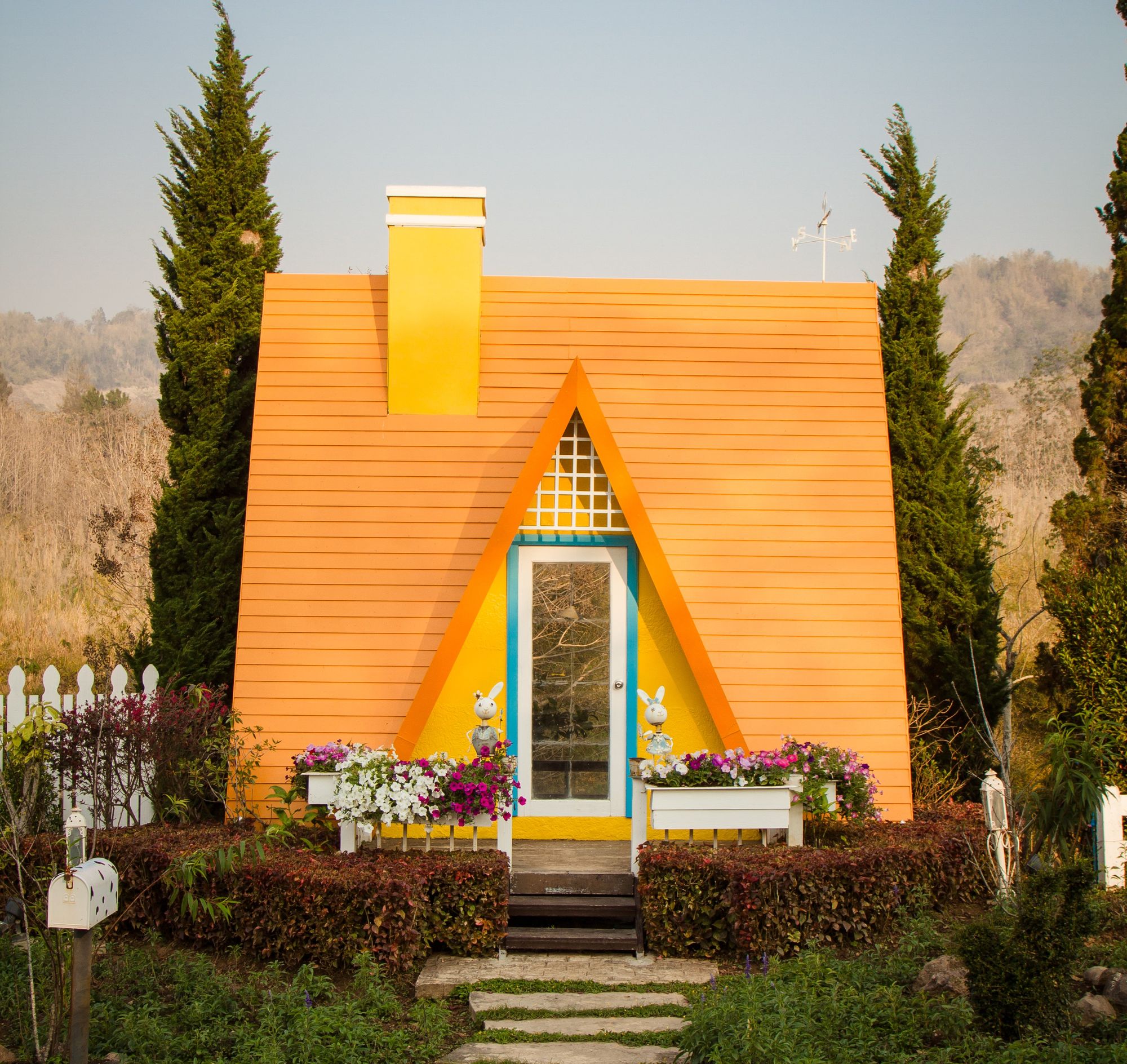
Understanding Tiny Home Financing Options
Looking to finance your tiny home but feeling overwhelmed by the options? Don't worry - we'll break down each financing route so you can choose the best fit for your situation.
Here's what you need to know about the four main financing options available to tiny home buyers in 2024.
- Traditional Mortgage Loans
Best for: Permanent tiny homes on foundations
Average rates: 6.5-7.5% (as of 2024)
Typical requirements:
• Credit score: 620+ (conventional) or 580+ (FHA)
• Down payment: 3.5-20%
• Home must be on permanent foundation
• Minimum loan amount typically $50,000 - RV Loans
Best for: RVIA-certified tiny homes on wheels
Current rates: 4.99-7.99%
Key benefits:
• Faster approval process (usually 24-48 hours)
• Lower down payments (10-15%)
• Tax-deductible interest if primary residence
• Terms up to 15 years
Pro tip: Getting RVIA certification for your tiny home can save you 1-2% on interest rates compared to non-certified options.
| Loan Type | Interest Rate | Monthly Payment* | Down Payment |
|---|---|---|---|
| Traditional | 6.8% | $490 | 20% |
| RV Loan | 5.99% | $460 | 10% |
*Based on $75,000 loan over 15 years
- Personal Loans
Best for: Quick funding without collateral
Current rates: 7-36% (based on credit score)
Advantages:
• No collateral required
• Funding as fast as 1-3 days
• Loan amounts from $1,000-$50,000
• Fewer restrictions on home type
Warning: Watch out for origination fees! They can add 1-8% to your loan amount.
- Peer-to-Peer (P2P) Lending
Best for: Borrowers with good credit seeking competitive rates
Average rates: 5.99-35.99%
Key features:
• Online application process
• Flexible terms (2-5 years)
• Funding within a week
• Community-based lending
Quick tip: Compare at least three P2P platforms - rates can vary by up to 10% between lenders!
Making Your Decision
Consider these factors when choosing your financing option:
• Your credit score (check for free at Annual Credit Report)
• Whether your tiny home is mobile or permanent
• Your desired monthly payment
• How quickly you need the funds
• Your down payment availability
Ready to move forward? Here's what to do next:
- Check your credit score
- Calculate your ideal monthly payment
- Gather last 2 years' tax returns
- Compare rates from at least 3 lenders
- Get pre-approved before shopping
Remember: The right financing choice isn't just about getting the lowest rate - it's about finding a solution that fits your lifestyle and financial goals.
Need help comparing options? SimpleDirect's loan comparison tool can help you find the best rates for your situation.
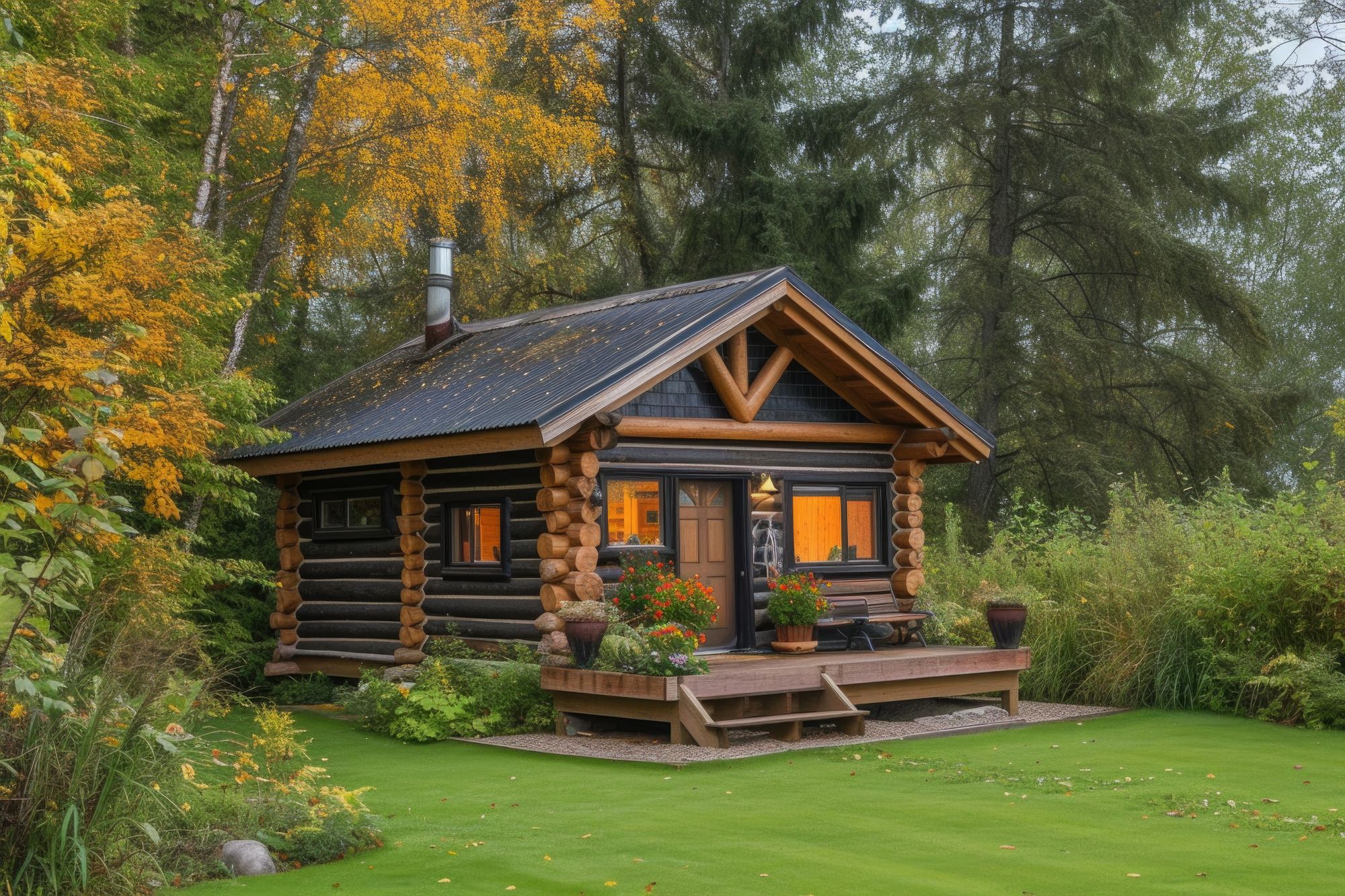
Budgeting for Your Tiny Home Project
Ready to turn your tiny home dreams into reality? Let's break down exactly what you'll need to budget for in 2024.
From construction costs to hidden expenses, we'll help you create a realistic financial plan for your tiny home journey.
The Big Three: Core Budget Categories
- Construction Costs (Average: $30,000-$60,000)
| Build Type | Average Cost | Time to Complete |
|---|---|---|
| DIY Basic | $15,000-$30,000 | 4-6 months |
| Professional Build | $50,000-$90,000 | 2-3 months |
| Prefab Home | $40,000-$100,000 | 1-2 months |
Pro Tip: Always add a 20% contingency buffer to your construction budget for unexpected costs!
- Land Costs (Varies by State)
Here's what Americans are paying in popular tiny home states:
• Colorado: $5,000-$50,000 per acre
• Oregon: $20,000-$75,000 per acre
• Texas: $3,000-$30,000 per acre
Hidden Land Costs to Consider:
✓ Site preparation: $1,500-$5,000
✓ Utility connections: $3,000-$10,000
✓ Permits: $500-$2,000
✓ Access road (if needed): $2,000-$6,000
- Utility Setup and Monthly Costs
| Utility | Setup Cost | Monthly Average |
|---|---|---|
| Electricity | $1,000-$3,000 | $30-$50 |
| Water/Septic | $2,000-$5,000 | $20-$40 |
| Solar System | $5,000-$15,000 | $0-$10 |
| Internet | $200-$500 | $40-$60 |
Affordable Design Options for 2024
- DIY Builds ($15,000-$30,000)
What you'll save:
• Labor costs (30-40% of total budget)
• Contractor fees
• Design fees
What you'll need:
• Basic construction skills
• Tool budget: $2,000-$4,000
• 4-6 months of build time
- Prefab Homes ($40,000-$100,000)
Popular 2024 Models:
• Escape One XL: $69,800
• Tumbleweed Elm: $75,000
• Clayton Built Tiny: $40,000
Benefits:
✓ Faster completion
✓ Professional quality
✓ Warranty coverage
- Container Homes ($16,500-$41,500)
Breakdown:
• Used container: $1,500-$3,000
• Conversion: $15,000-$38,500
• Delivery: $1,000-$5,000 - Tiny House on Wheels (THOW)
| Approach | Basic Model | Luxury Model |
|---|---|---|
| DIY | $10,000-$30,000 | $30,000-$50,000 |
| Professional | $40,000-$80,000 | $80,000-$150,000 |
Money-Saving Tips:
• Buy materials during off-season sales (save 10-20%)
• Use reclaimed materials where possible
• Join tiny home communities for shared resources
• Consider hybrid solutions (part-DIY, part-professional)
Your Budget Planning Checklist:
- Calculate total budget including 20% contingency
- Research local land costs and regulations
- Get multiple quotes from builders/suppliers
- Check insurance requirements and costs
- Plan for unexpected expenses
Need help financing your tiny home project?
SimpleDirect offers specialized tiny home loans with competitive rates. Check your eligibility today!
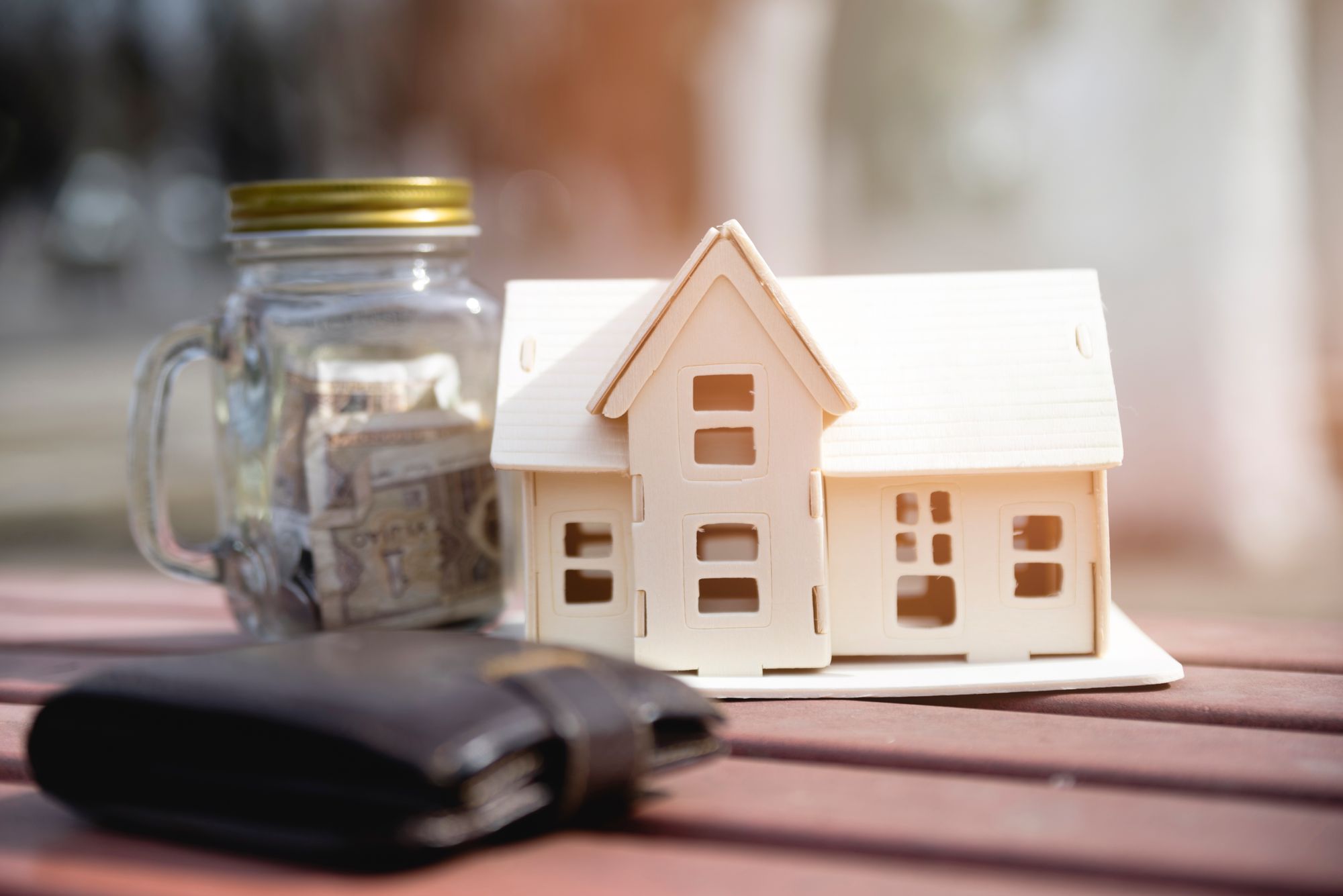
Financing Strategies for Tiny Home Construction
Want to build your dream tiny home without breaking the bank? Let's explore three proven financing strategies that successful tiny homeowners are using in 2024.
| Phase | Timeline | Target Savings |
|---|---|---|
| Planning & Design | 3-6 months | 10% of total budget |
| Land Purchase | 6-12 months | 30% of total budget |
| Construction | 12-18 months | 60% of total budget |
- Save-First Strategy
Average savings timeline: 18-24 months
Recommended monthly savings: Total budget ÷ months
Example: For a $60,000 tiny home
• 24-month plan = $2,500/month
• 36-month plan = $1,667/month
• 48-month plan = $1,250/month
Pro Tip: Set up an automatic savings transfer on payday to stay on track!
- Stage-by-Stage Building Approach
| Stage | Estimated Cost | Timeline |
|---|---|---|
| Land & Site Prep | $15,000-$30,000 | 2-3 months |
| Foundation/Shell | $20,000-$35,000 | 3-4 months |
| Interior Finish | $10,000-$25,000 | 2-3 months |
| Systems Install | $5,000-$15,000 | 1-2 months |
- Smart Material Sourcing
Average savings using reclaimed materials:
• Lumber: 40-60% savings
• Windows: 50-70% savings
• Fixtures: 30-50% savings
• Flooring: 40-60% savings
Where to Find Materials Box
✓ ReStore (Habitat for Humanity)
✓ Facebook Marketplace
✓ Local salvage yards
✓ Construction site surplus
✓ Online marketplaces
Maximizing Energy Efficiency: 2024 Cost-Benefit Analysis
| Solution | Initial Cost | Annual Savings | Break-Even |
|---|---|---|---|
| Solar System | $6,000-$15,000 | $800-$1,200 | 5-8 years |
| Energy Star Appliances | $2,000-$4,000 | $200-$400 | 4-6 years |
| LED Lighting | $200-$400 | $50-$100 | 2-3 years |
| Smart Thermostat | $200-$300 | $100-$200 | 1-2 years |
Federal Tax Credits Available (2024):
• Solar panels: 30% of cost
• Energy-efficient appliances: Up to $500
• Insulation improvements: Up to $1,200
Smart Maintenance Strategy
Monthly Maintenance Checklist:
- Inspect roof and seals
- Check plumbing connections
- Clean filters and vents
- Monitor battery systems
- Test safety equipment
💡 Energy Investment Guide 2024
| Solution | Initial Cost | Annual Savings | Break-Even |
|---|---|---|---|
| ☀️ Solar System | $6,000-$15,000 | $800-$1,200 | 5-8 years |
| 🏠 Energy Star Appliances | $2,000-$4,000 | $200-$400 | 4-6 years |
| 💡 LED Lighting | $200-$400 | $50-$100 | 2-3 years |
| 🌡️ Smart Thermostat | $200-$300 | $100-$200 | 1-2 years |
Insurance Options (2024 Rates):
• Basic Coverage: $400-$600/year
• Comprehensive: $600-$900/year
• RV Insurance (if mobile): $500-$800/year
Money-Saving Tips:
- Build a maintenance emergency fund ($1,000-$2,000)
- Learn basic DIY skills (potential savings: $500-$1,500/year)
- Join tiny home communities for shared resources
- Schedule regular inspections to prevent major issues
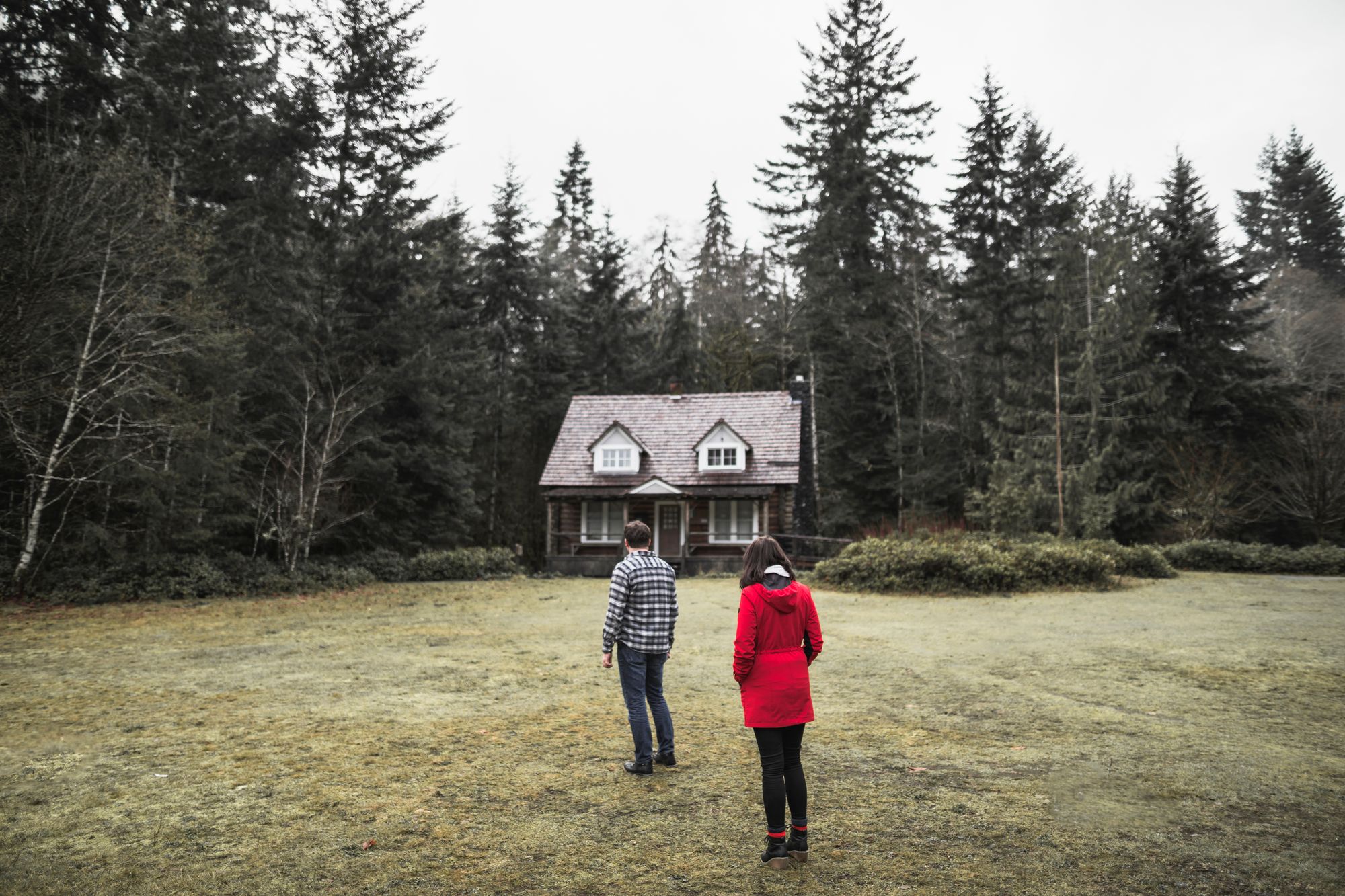
Choosing the Right Location for Your Tiny Home
Ready to place your tiny home but not sure where to start? You're not alone!
Location choice can make or break your tiny living experience. In this guide, we'll walk you through everything you need to know about finding the perfect spot for your tiny home.
🏡 State-by-State Tiny Home Regulations 2024
| State | Minimum Size | Special Regulations | Average Land Cost |
|---|---|---|---|
| California | 220 sq ft | ADU-friendly | $5,000-$15,000/acre |
| Colorado | 200 sq ft | THOW permitted | $4,000-$12,000/acre |
| Oregon | 150 sq ft | Eco-housing zones | $8,000-$20,000/acre |
| Texas | No minimum | Rural-friendly | $3,000-$10,000/acre |
🌡️ Climate Cost Impact Analysis
| Climate Zone | Additional Costs | Annual Utility Impact |
|---|---|---|
| Cold (Northeast) | +$3,000-5,000 | +$600-800/year |
| Hot (Southwest) | +$2,000-4,000 | +$400-600/year |
| Temperate (Northwest) | +$1,000-2,000 | +$200-400/year |
| Mixed (Southeast) | +$1,500-3,000 | +$300-500/year |
💰2024 Cost of Living Comparison by Region
(Based on tiny home living for 2 people)
| Expense Type | Urban | Suburban | Rural |
|---|---|---|---|
| Property Tax | $150-300 | $100-200 | $50-100 |
| Utilities | $200-300 | $150-250 | $100-200 |
| Insurance | $80-120 | $60-100 | $40-80 |
| Total | $430-720 | $310-550 | $190-380 |
*Based on average tiny home expenses for 2 people in 2024
Smart Strategies for Finding Affordable Land
- Rural Opportunities (Average savings: 40-60%)
• Montana: $2,000-$5,000/acre
• Arkansas: $1,500-$4,000/acre
• Missouri: $2,000-$6,000/acre - Tiny Home Communities
Popular 2024 Communities:
• Simple Life (North Carolina): From $450/month
• Tiny Tranquility (Oregon): From $550/month
• Lake Dallas (Texas): From $500/month - Creative Land Solutions
| Option | Monthly Cost | Setup Cost |
|---|---|---|
| Land Lease Most Affordable | $200-400 | $1,000-2,000 |
| Property Share Popular Choice | $300-500 | $2,000-3,000 |
| Community Lot Most Amenities | $400-600 | $3,000-5,000 |
*Costs based on national averages for 2024
Real Community Insights: What Residents Say
Acony Bell Community (North Carolina)
• Monthly HOA: $150
• Amenities: Community garden, trails, shared workspace
• Average lot size: 2,500 sq ft
• Resident satisfaction: 4.8/5
Resident Profile: "Sarah M. saves $1,200/month compared to her previous traditional home while enjoying more community activities and a smaller environmental footprint."
Island Cove Park (Colorado)
• Monthly costs: $500-700
• Location perks: River access, mountain views
• Community size: 50 homes
• Average utility costs: $125/month
Success Story: "The Johnsons reduced their annual living expenses by $24,000 after moving to Island Cove while maintaining access to urban amenities."
Action Steps for Finding Your Perfect Location:
- Research Zoning Laws
- Check local ordinances
- Verify minimum size requirements
- Understand permit processes
- Evaluate Climate Impact
- Calculate additional building costs
- Review utility requirements
- Plan for weather protection
- Compare Costs
- Get property tax estimates
- Research insurance rates
- Calculate utility expenses
- Community Assessment
- Visit potential locations
- Talk to current residents
- Review HOA regulations
Need help financing your tiny home location?
SimpleDirect offers specialized loans for land purchase and development. Check your eligibility today!
Ready to Transform Your Life with Tiny Living?
The numbers speak for themselves - tiny homes offer amazing opportunities to slash your living costs while embracing a more sustainable lifestyle.
Just imagine: 68% lower monthly expenses, 85% reduced environmental impact, and complete financial freedom within 2-5 years.
Ready to take the first step? SimpleDirect is here to help make your tiny home dreams a reality.
Our specialized financing solutions are designed specifically for tiny home projects like yours.


